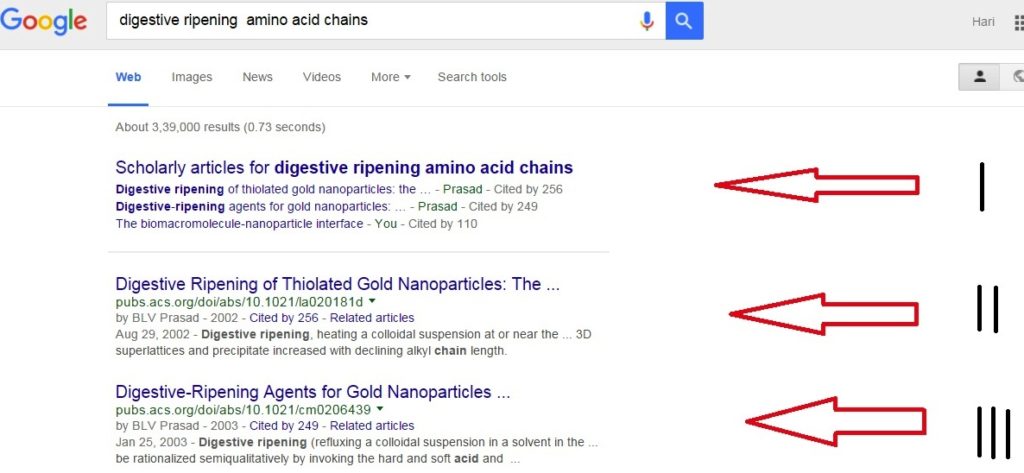The integral purpose of a literature survey is to find the right literature, documentation, or patents to support your research. A good literature survey is the nucleus of every experiment, around which the whole project starts to revolve. Searching smartly can save you a lot of physical and mental strain.
As someone who has done thousands of literature surveys, I feel that I can provide a few of my own tricks for your bag.
Keywords
Play with keywords for your search. Precise keywords can fetch better results than general ones. For example, see Figures 1 and 2 below.


I prefer using Google to Google Scholar or Bing, and find I get better results. Using Google itself returns scholarly articles as well as researcher’s blogs and posts like Bitesize Bio articles.
The Idea
Have a concise idea in your mind about what you are searching for. The internet has a huge pool of data, and it is easy to get lost or be thrown off-track. This can exhaust your patience, peace, and waste a lot of time.
Get Access
Access to higher-level journals can be a plight of researchers. You can resort to friends and acquaintances for accessing the literature and share online access. This is particularly useful if you can pair up with someone at a different institution. I also highly encourage you to look at a lesser-known site, MIT Dspace, which contains numerous open access articles.
Following Up with Authors
If you can’t download an article, why not ask an author for a copy? This is my most successful method of accessing articles; I have a 90% success rate. If you have an inaccessible article, email the corresponding author and request a copy. Tell them that you are using it only for literature survey and state its importance. Corresponding authors are eager to send out articles, primarily because they are proud of their work. This introduction can also be used to further discussion or for future collaborations.
Base Paper
After you have found a good paper, you can make it the base paper and use the references in that paper as secondary references. Ideally, one good research article and one decent review article are sufficient to get you started.
A Quick Read
Quickly read the article to determine whether it is helpful. Use a different reading strategy depending on whether it’s a review or original research article.
For a research article:
Start with the Abstract? Travel directly to the Discussion (in a few cases, the Results and Discussion).
For review article:
Start with the Introduction? Jump to the topic/sub-topic that is needed? Then to Conclusion and Future Works
This method can save you a lot of time by helping you determine quickly if the article will be useful to you.
Redundancy
Unlike other fields, redundancy is appreciated in a literature survey. If you find the same data and proof in more than one article, it establishes credibility and can help in troubleshooting. The final key to improving a good literature survey is to look for redundancy.
And remember, make sure you acknowledge all the great articles you find! Happy Surveying!
For more tips on keeping track of the scientific literature, head over to the Bitesize Bio Managing the Scientific Literature Hub.






